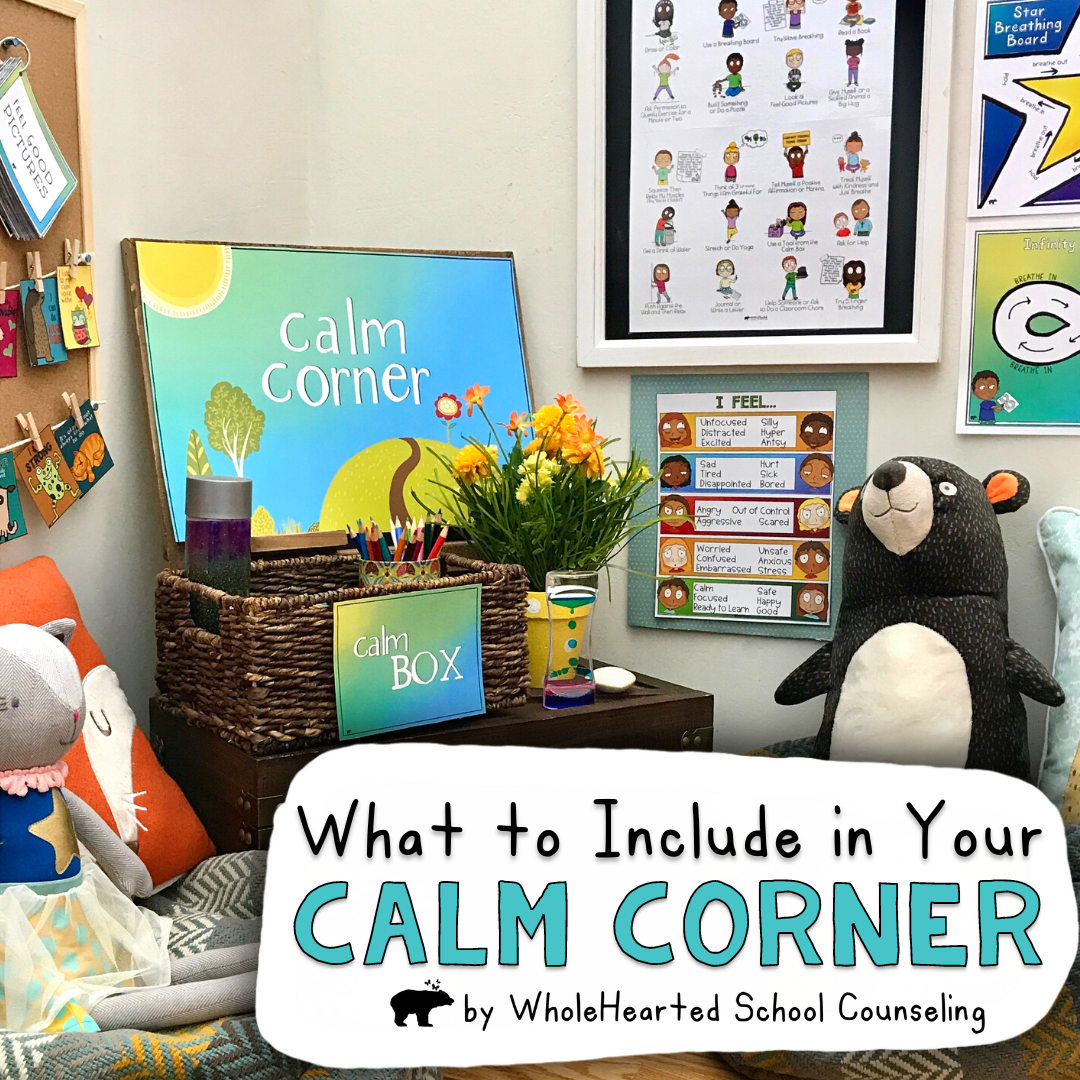
CALM DOWN CORNER TO THE RESCUE!
Creating a calm down corner in your is an effective tool for those moments when life feels too tough or overwhelming. Young or old, we have all experienced days when it seems like so much goes wrong. Perhaps it was a restless sleep, there was no time to eat breakfast, a toe was stubbed on the way out of the house, an important item was forgotten at home, there might be a misunderstanding with a friend, or an intimidating task to be completed. On top of it all, the world is loud and big and filled with stimulation. The result can be angry, frustrated, unfocused, sad or scared emotions.
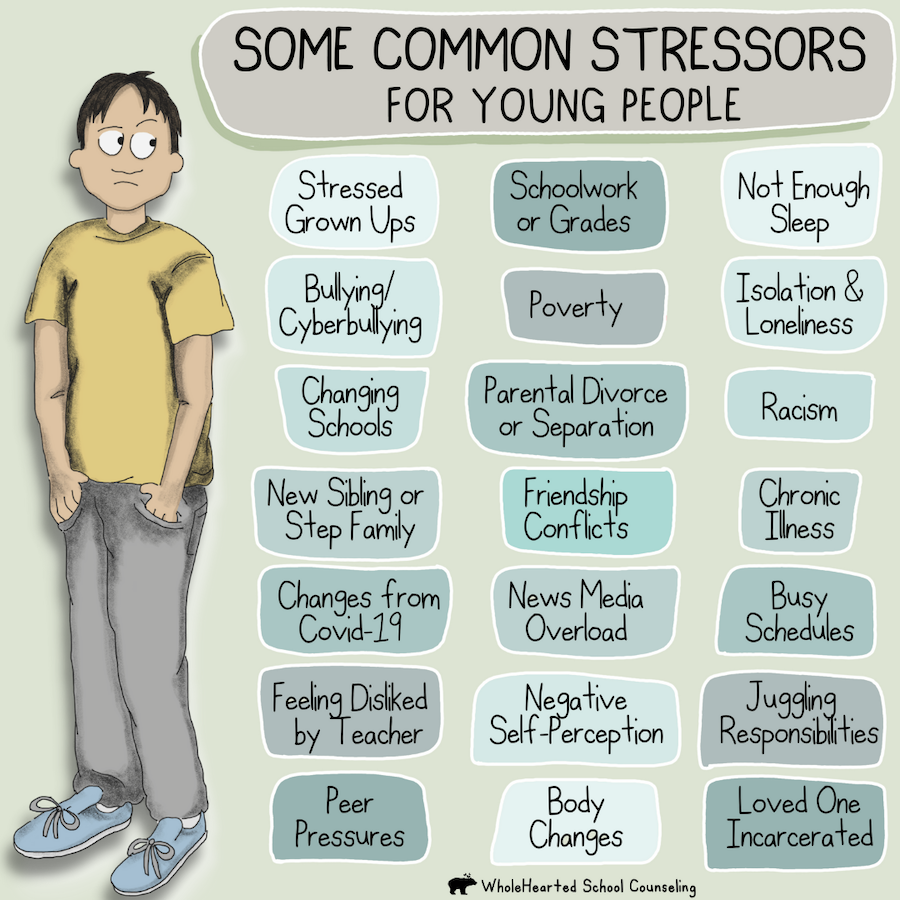
COMMON STRESSORS FOR KIDS
Children are often dealing with tons of stressors. From things like not getting enough sleep, busy schedules, big family changes, challenging schoolwork, friendship conflicts, poverty, and loneliness.
Not surprisingly, this means that young people dealing with super tough stuff means they are stuck or about to get stuck in the fight-flight-freeze stress cycle. So for example, a student may arrive at school already in a reactive, easily triggered state that makes it hard for him or her to learn, be creative, or get along with others.

This is where having a Calm Corner in the classroom or home can do wonders; helping a child regulate his or her emotions and learn important self-calming techniques. So let’s explore how to create a Calm Corner that’s effective and engaging for kids.
WHAT IS A CALM CORNER?
- Feel safe with big emotions
- Identify feelings…even and especially the big and sometimes overwhelming ones
- Do something that helps to de-escalate elevated emotions
- Pause, get grounded and reset
- Move from a fight-flight-flee reactive, impulsive state to a thoughtful, responsive having more self-control state
- Learn skills to communicate needs
- Reset so that they are more ready to learn, get along with others, and practice self-compassion
REASONS TO SET UP A CALM CORNER
There are lots of reasons to establish Calm Corner in your classroom or home. Perhaps the most important one, in my eyes, anyway, is that it sends the message to children that they are loved and important always, even and especially when they might feel out of control, numb, or unworthy. In addition, kids better learn to recognize and identify their feelings, on top of developing transferrable coping skills that can be used both in and outside of the classroom or home.
12 TIPS FOR SETTING UP A CALM DOWN CORNER
The following list goes over how to create a calm corner that works.
1. CHOOSE THE RIGHT LOCATION
First off, try to set it up in an area away from the louder, busier part the classroom or home. It’s ideal to create the illusion of separation, while still allowing to keep an eye on the child.
2. PAY ATTENTION TO AESTHETICS
Make it comfy and inviting. Keep the palette calming, with soft colors and accents. In addition, bean bags, soft floor mats, and roomy chairs allow the body to relax.
3. CONNECT WITH NATURE
Bring in nature. Plants and items found outdoors help to calm an active mind. Include photos of beautiful sunsets and trees.
4. SOUNDS MATTER
Noise cancelling earphones and soft music can be super useful as well; helping your child or student to tune out the external noise of the classroom or home.
5. INCLUDE SENSORY TOOLS
Add fidget and stress relief tools like a stress ball, glitter jar, twisty hand puzzle, putty and kinetic sand. Additionally, puzzles and blocks can be super helpful, too.
6. ART SUPPLIES ENCOURAGE CREATIVITY
Provide art supplies like crayons, colored pencils, glitter pens, markers, coloring pages and blank paper.
7. HELP KIDS IDENTITY THEIR EMOTIONS
Add an emotions wall. The actual act of identifying your feelings is a coping skill in and of itself. As they say, you got to name it to tame it. For instance, a feelings check-in can be as simple as a poster displaying different emotions, or can be more interactive such as a chart like this one below.
8. BREATHING EXERCISES ARE A MUST
Breathing techniques bring mindfulness, focus, and calm into the space. So be sure to offer various kid-friendly breathing exercise prompts. For example, good-old-fashioned bubbles and pinwheels are effective (and fun) hands-on tools that encourage on-purpose breathing, too.
Breathing techniques bring mindfulness, focus, and calm into the space. So be sure to offer various kid-friendly breathing exercise prompts. For example, good-old-fashioned bubbles and pinwheels are effective (and fun) hands-on tools that encourage on-purpose breathing, too.
9. ENCOURAGE POSITIVE SELF-TALK
Help your child or student to cultivate an inner dialogue that promotes self-compassion and belief in him or herself by providing positive affirmations.
11. CONSIDER WHAT SIZE AND SET-UP WORKS BEST FOR YOUR SPACE
Don’t have space to spare? Consider using a portable Calm Corner filled with coping tools which fit nicely into a binder, folder, or pencil box. For example, below are some space-saving Calm Corner Kit ideas.
12. TALK ABOUT THE CALM CORNER AS BEING A SAFE SAFE WHERE ALL FEELINGS ARE WELCOME
Lastly, the most important characteristic of how to create a Calm Corner is that your child or students feel safe and supported, and that it is is a space free of shame and judgement
13. PROVIDE DETAILED VISUAL SUPPORTS
When a child is feeling dysregulated, it might be difficult for them to focus and even read. Or perhaps the child experiencing big emotions doesn’t know how to read yet, struggles with reading in general, or is new to reading in the English language. Regardless of their level of reading, the more detailed VISUAL SUPPORTS you can offer, the better. Not only do visual aids provide cues for what to do next, detailed visual supports can also help children from feeling even more frustrated or discouraged if reading in and of itself is a challenge.
This is why I love providing tons of posters and other visual aids that are explicit and clear, like this coping strategies poster that’s part of my Calm Down Corner Toolbox.
14. PROVIDE “I WISH MY TEACHER KNEW” AND OTHER NEEDS COMMUNICATION FORMS
In addition to providing detailed visual cues which display recommended coping strategies, another powerful tool to include in your calm down corner are forms, checklists, letters, or choice boards that help children say what they need. Many times, kids may not even know what they are needing or wanting. Thus, having something visual, which provides suggestions may help children to better express what’s behind the big feelings. And identifying needs and wants makes it that much easier to find solutions that not only can help take care of feelings, but also provide concrete actions that can taken. Which is why I created this self-advocacy needs checklist.





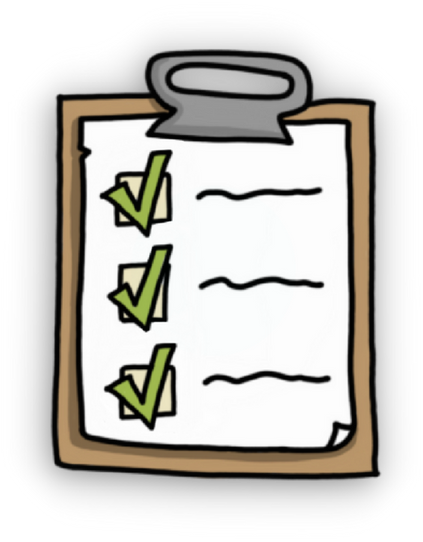



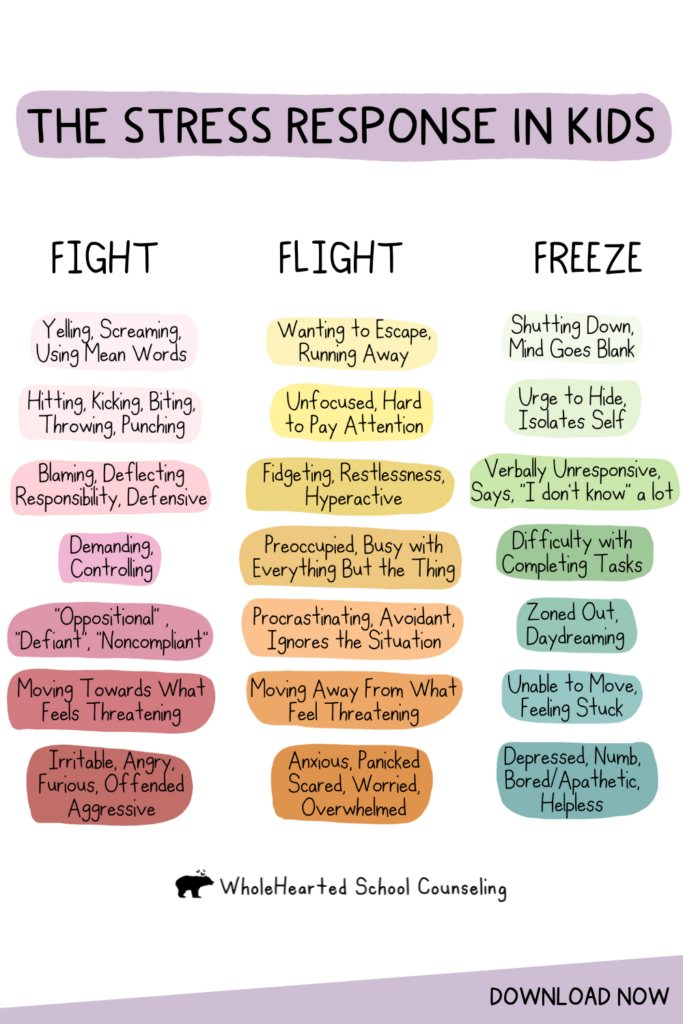
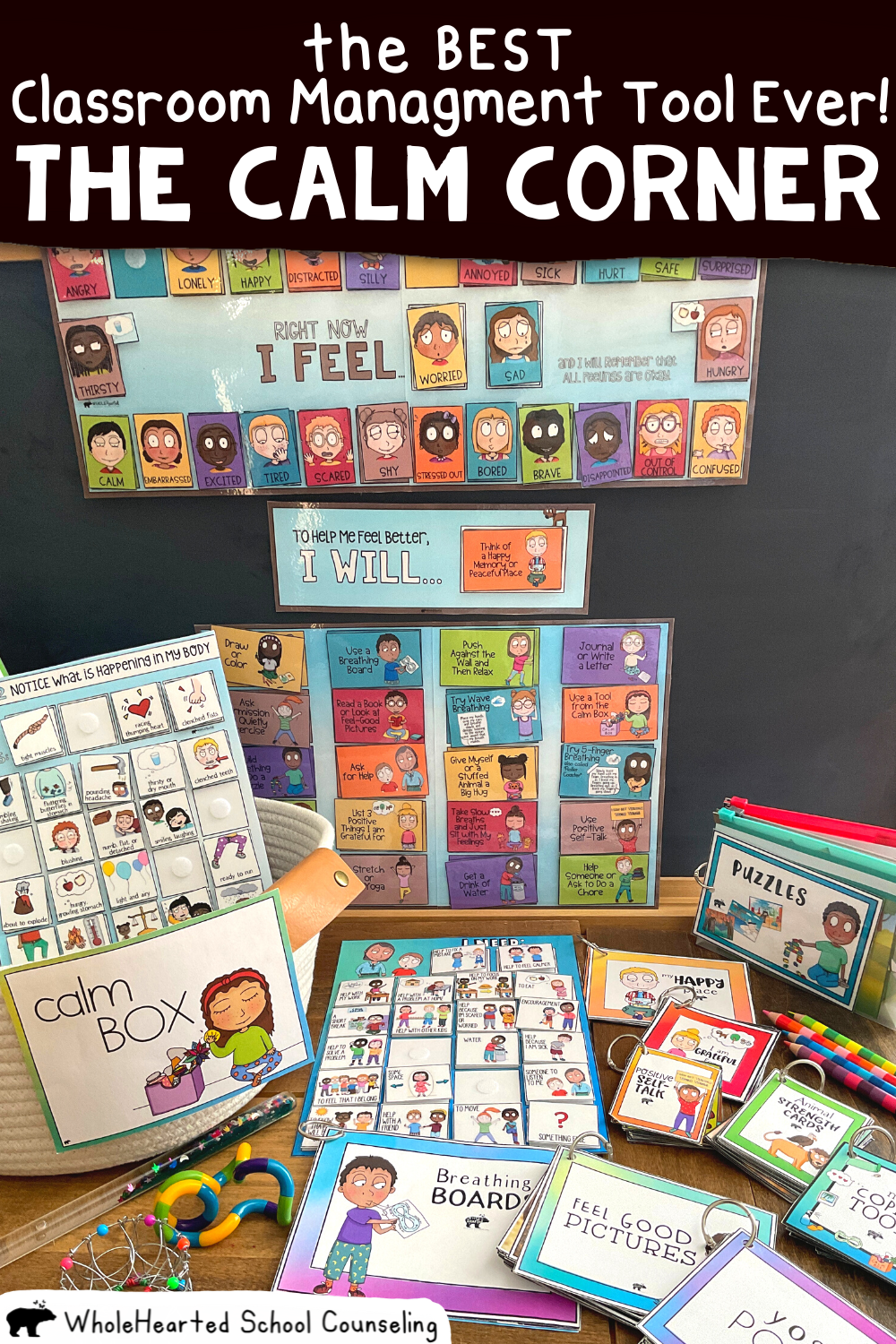
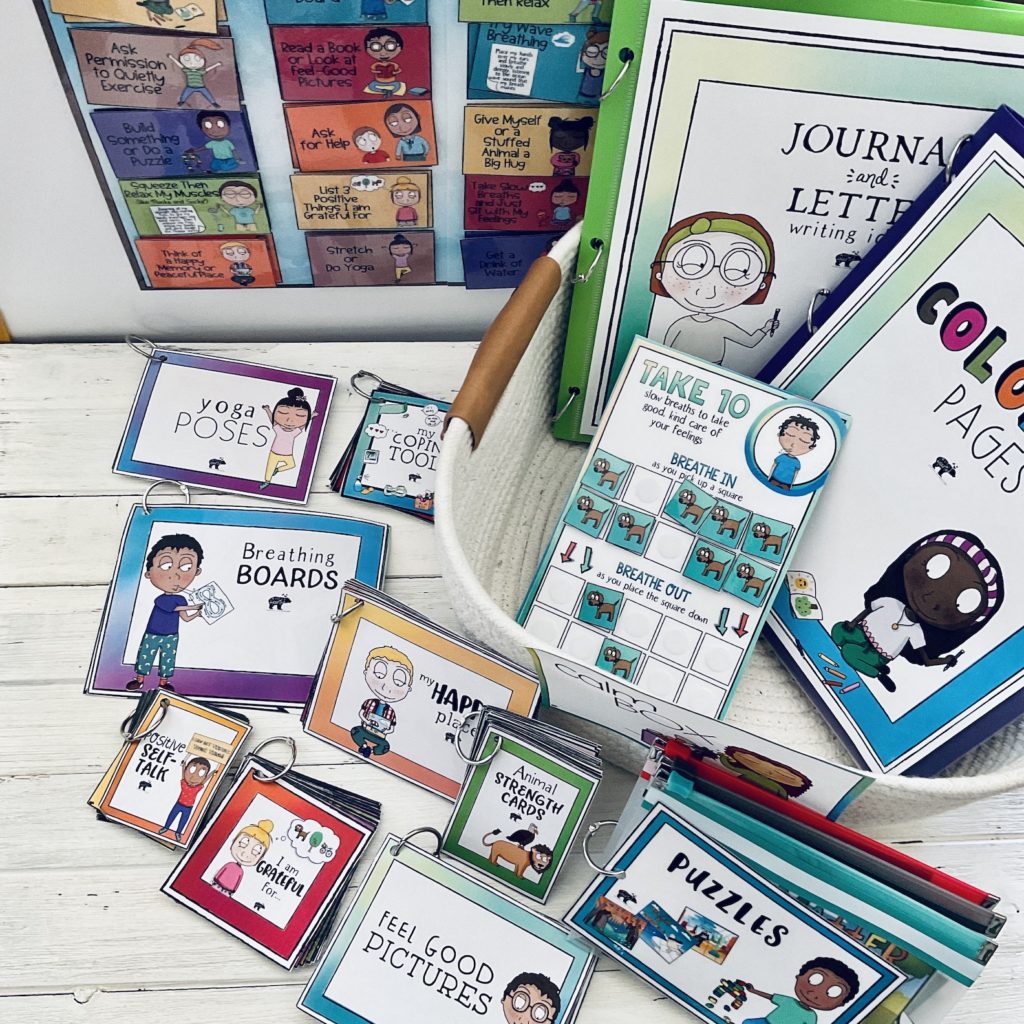
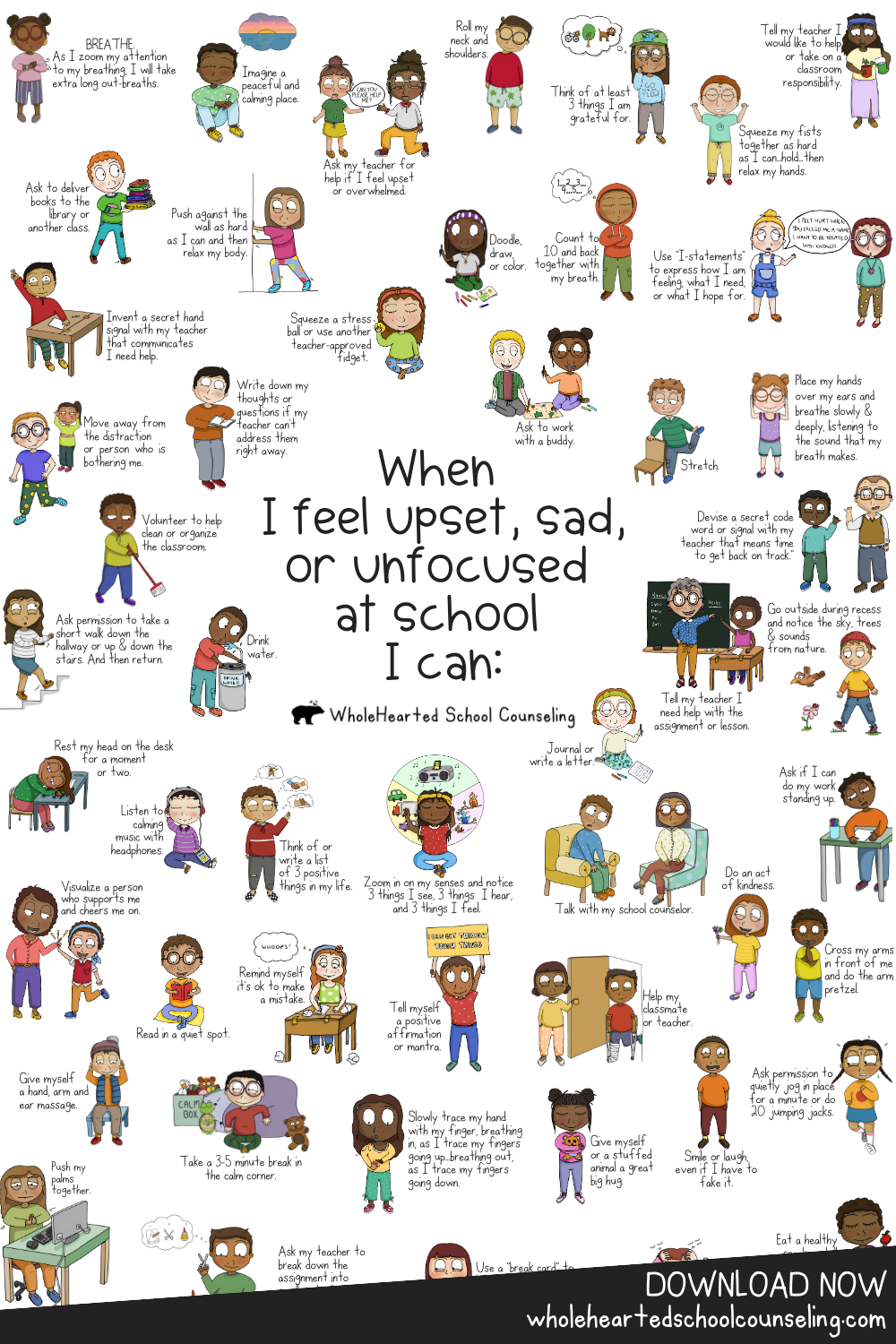
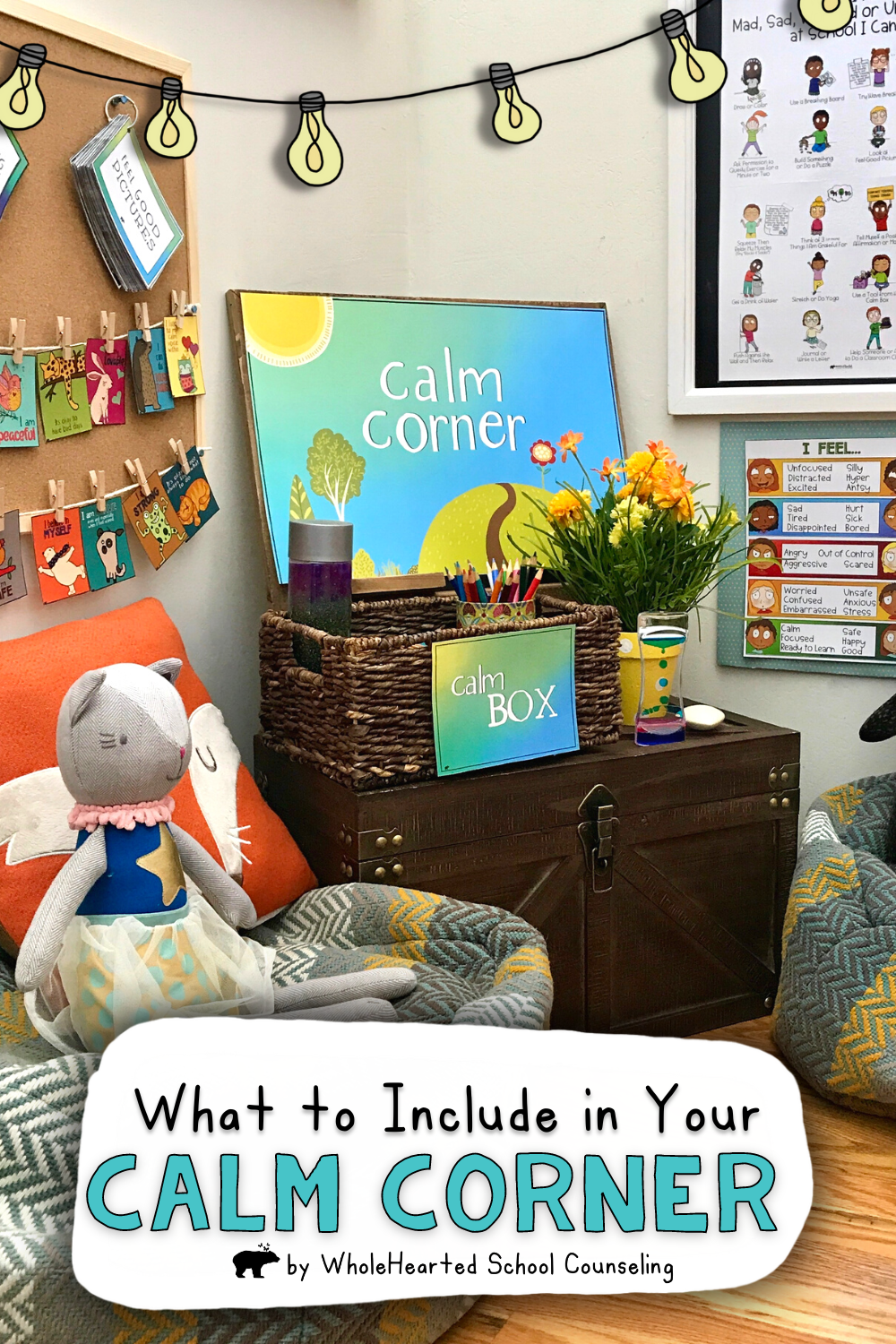
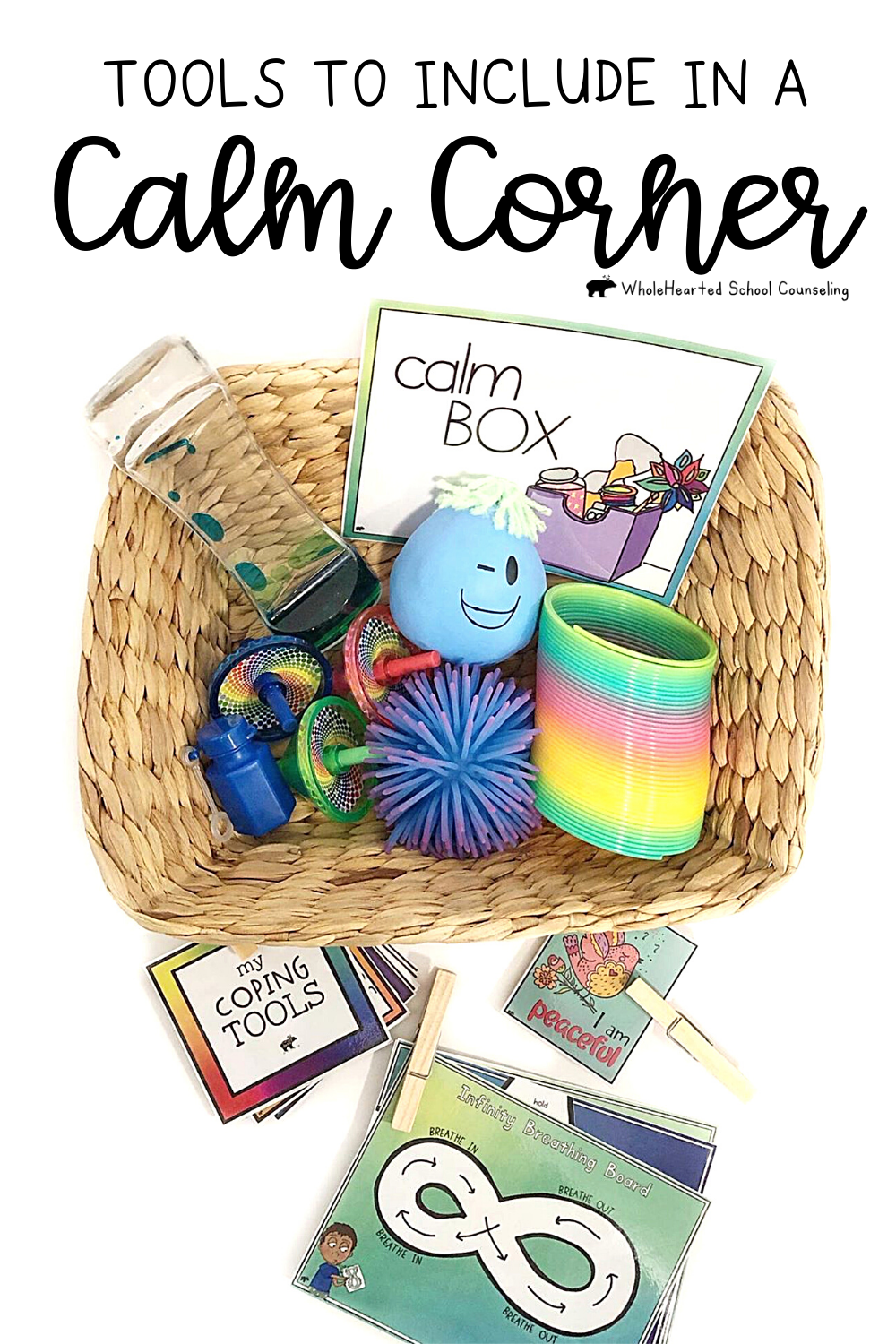
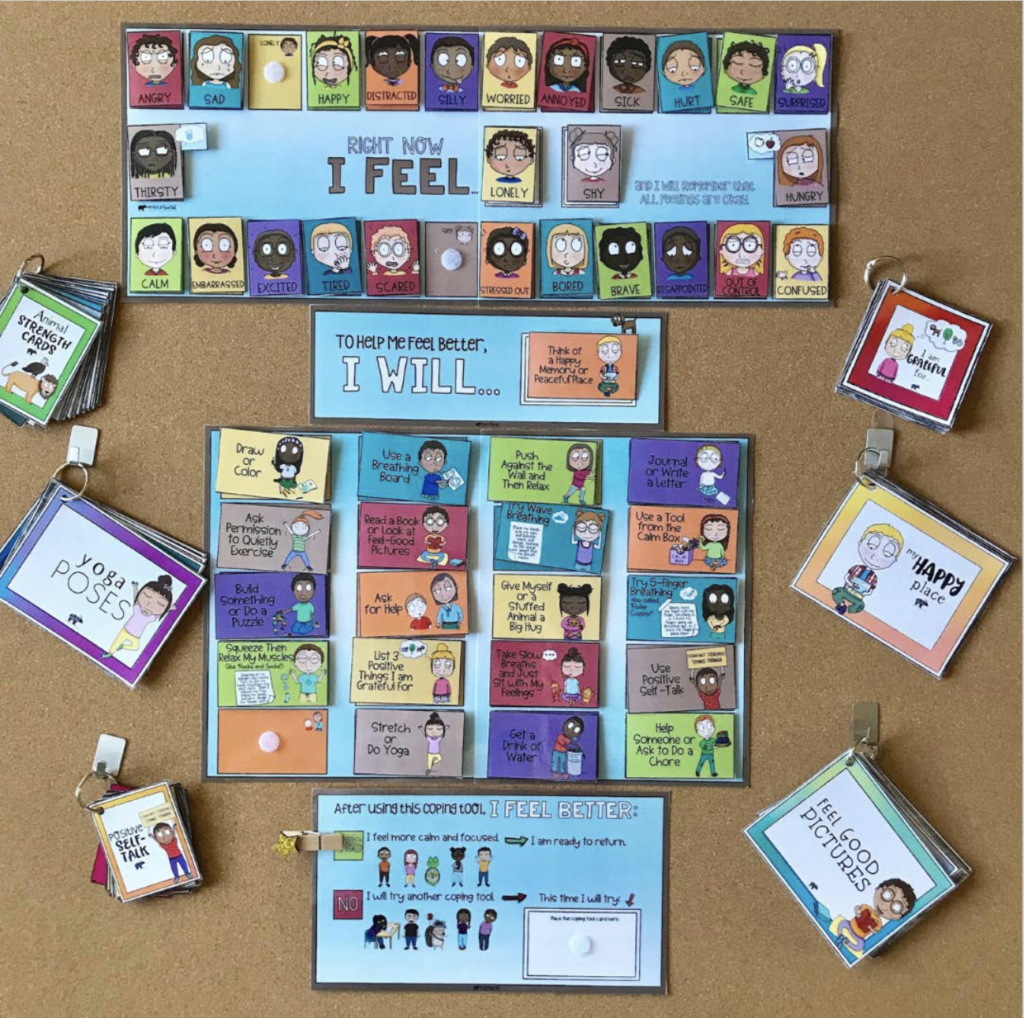
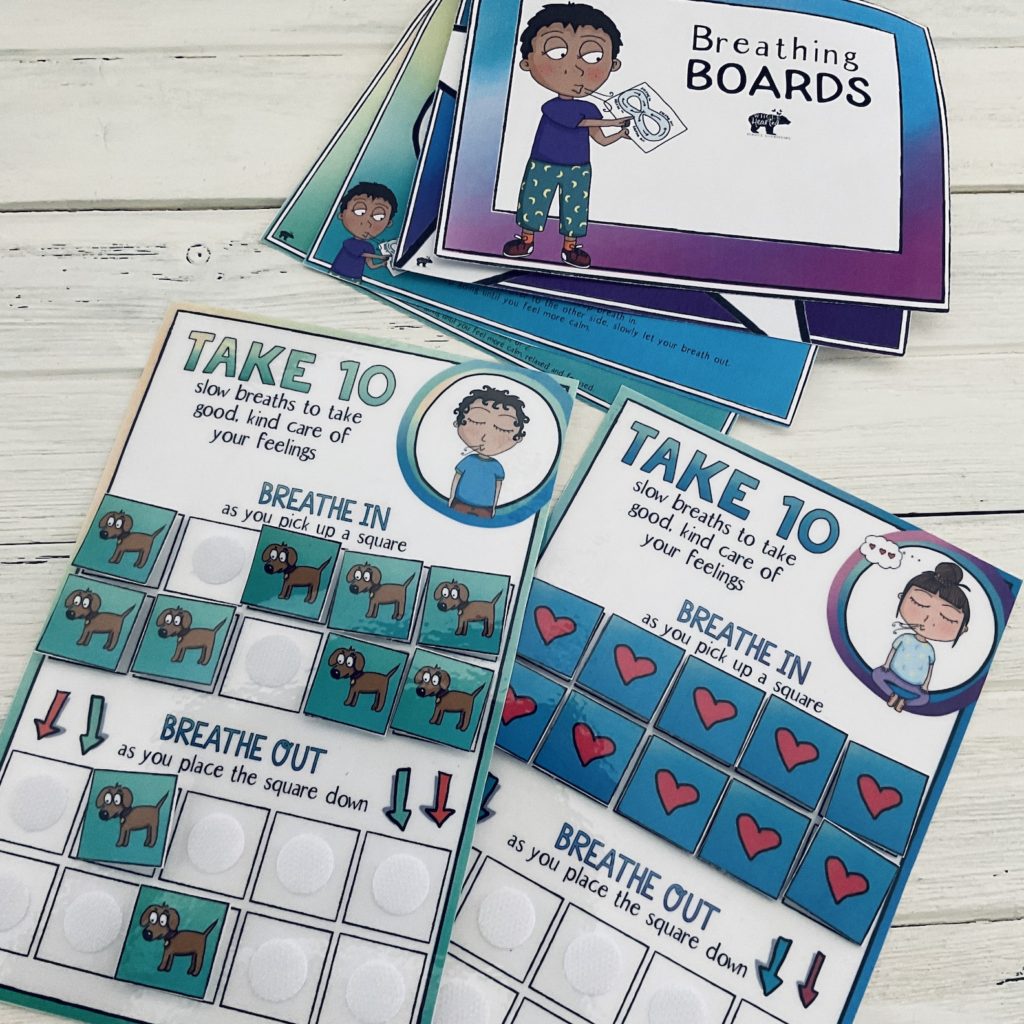
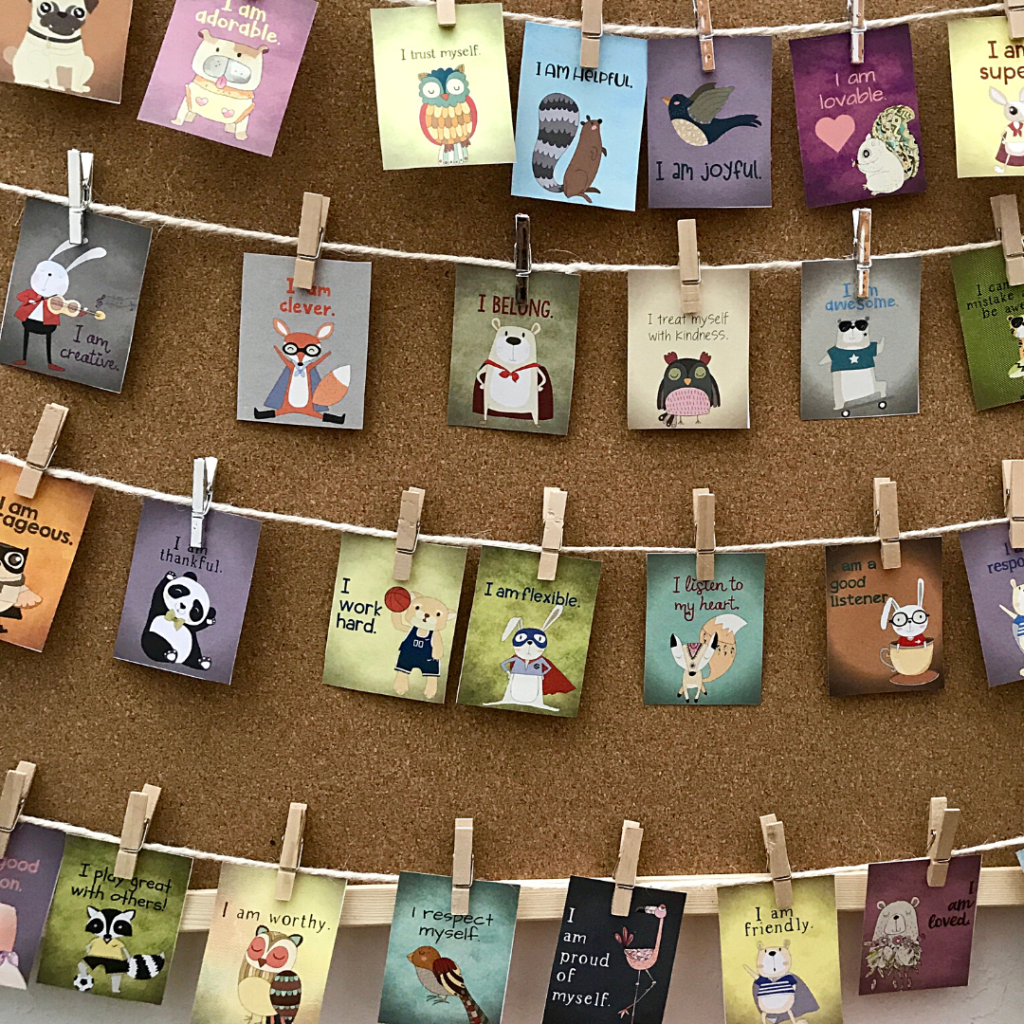
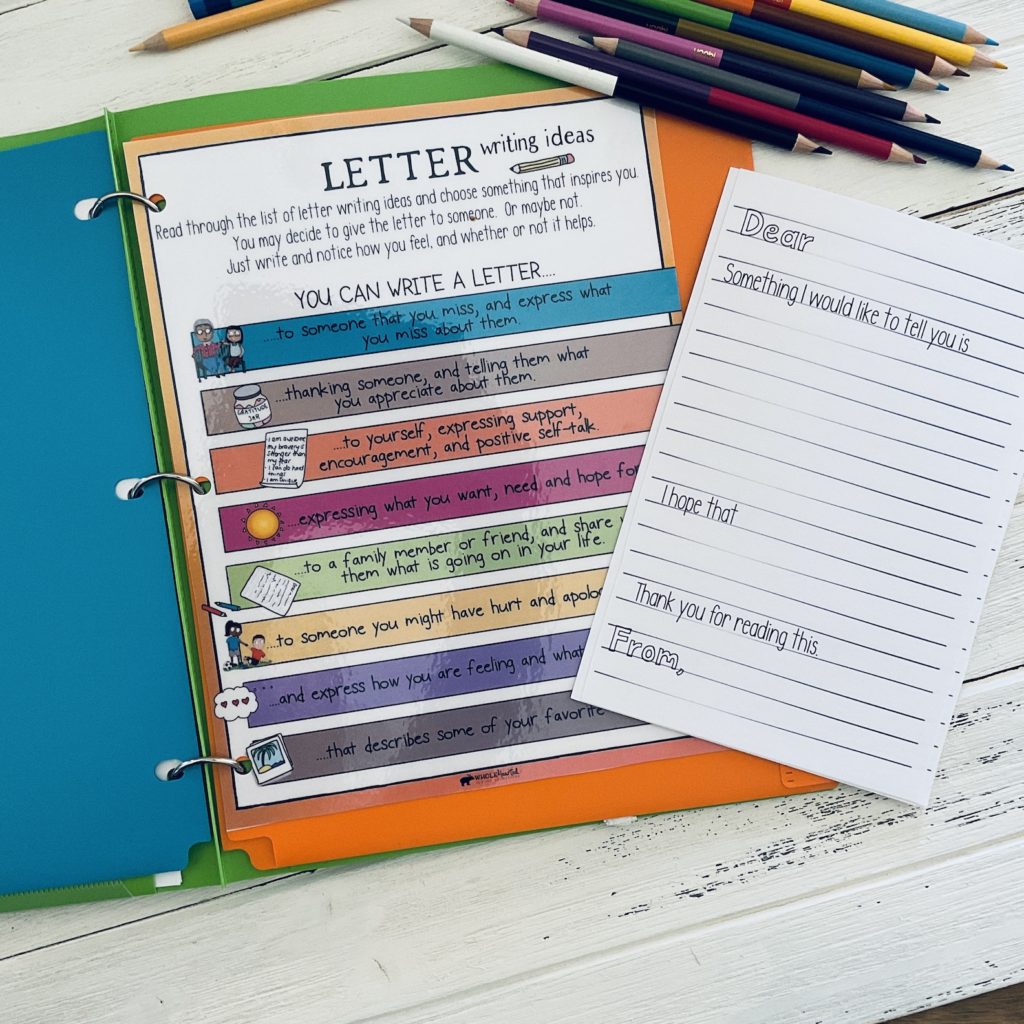
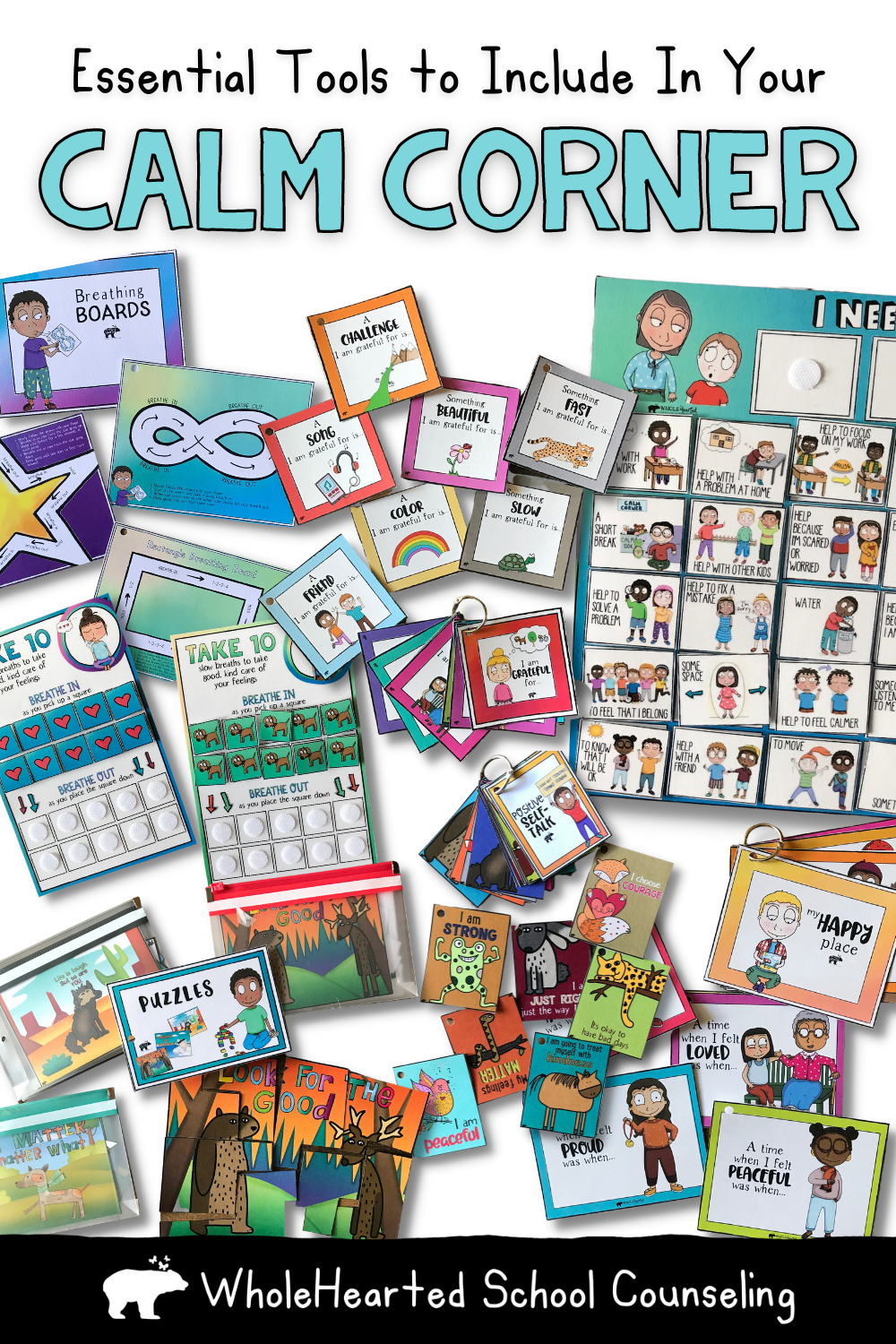

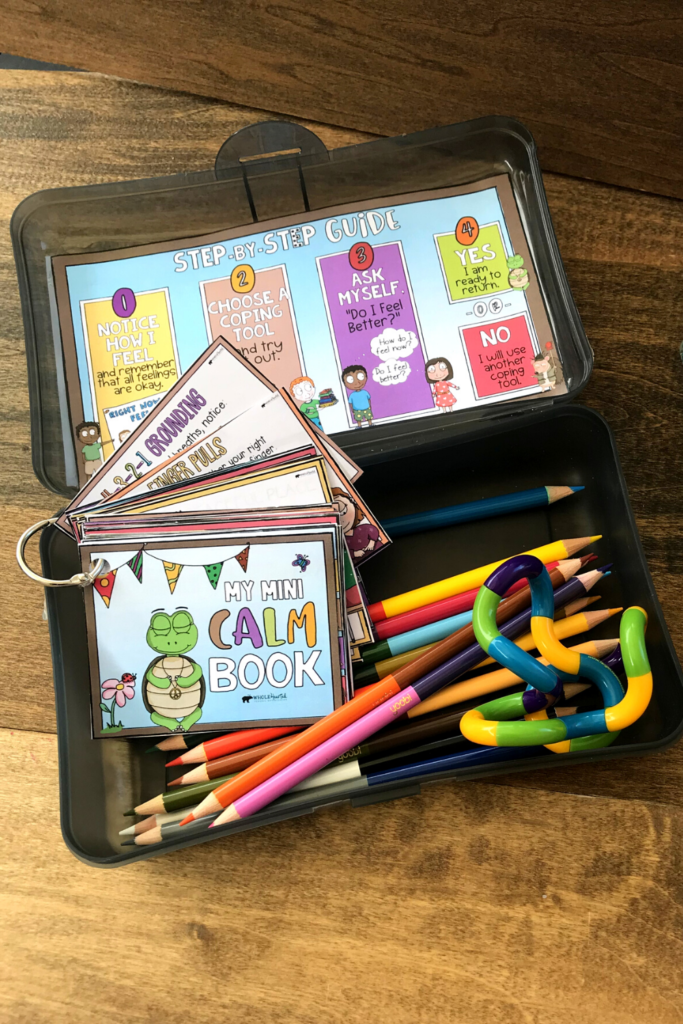
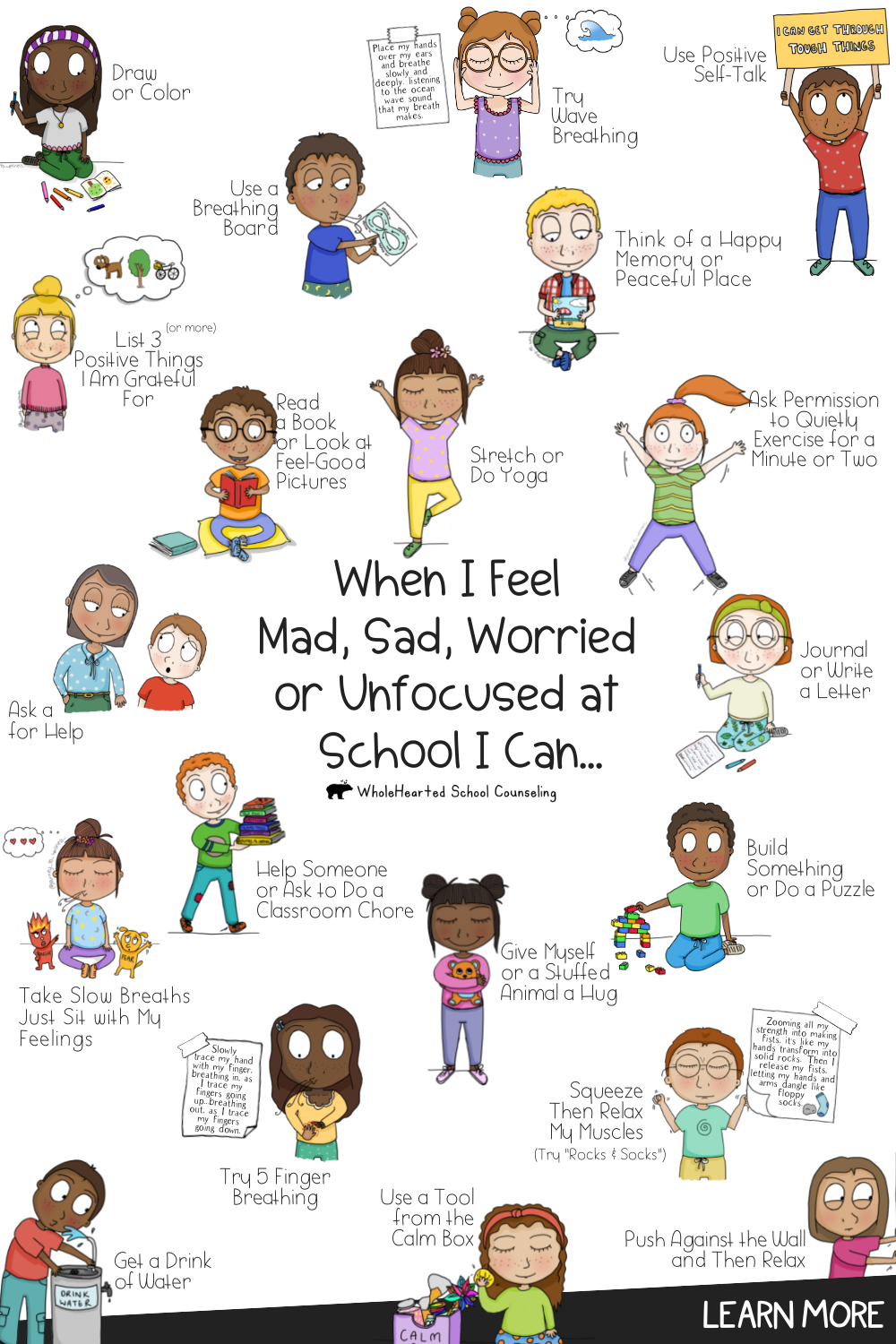
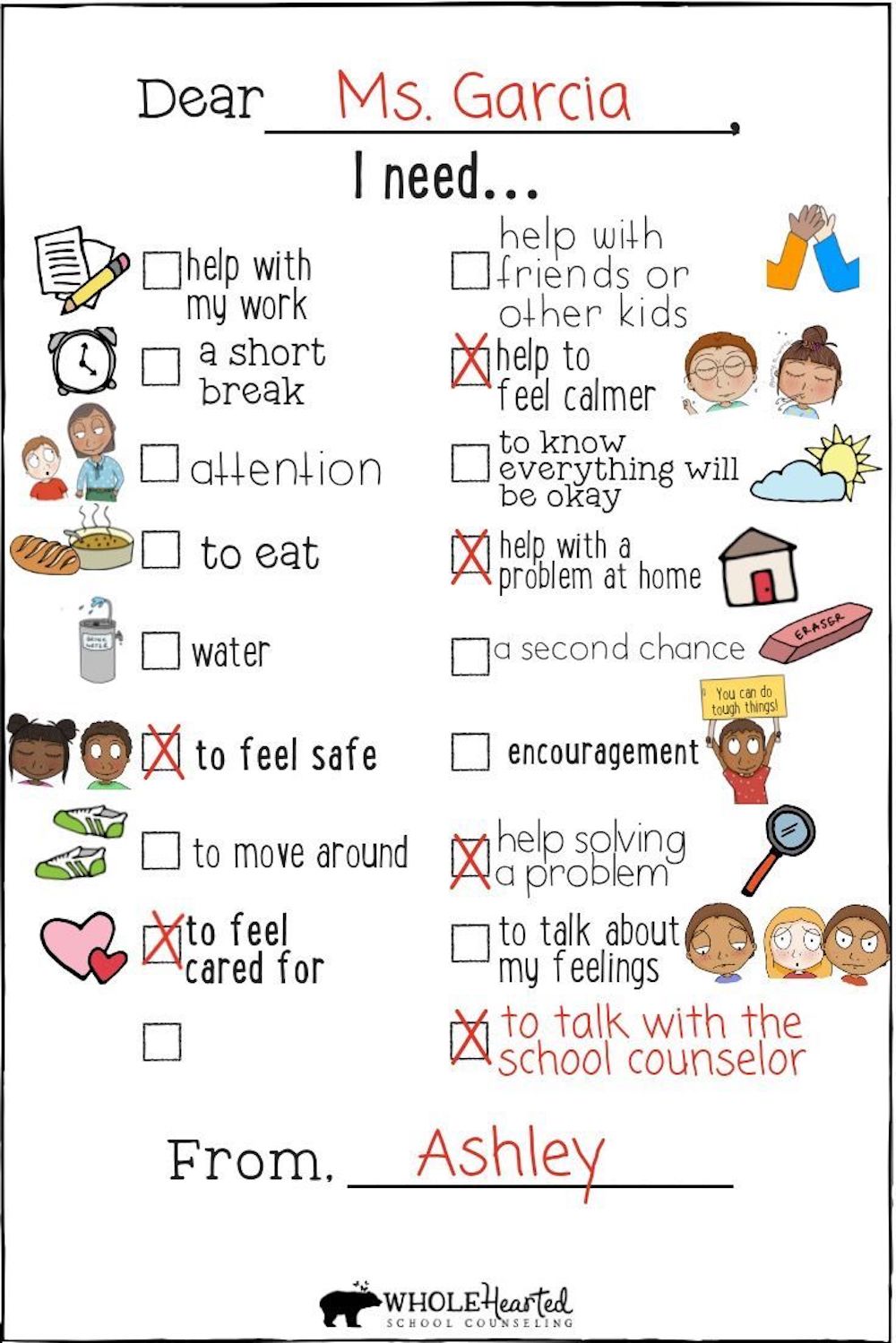
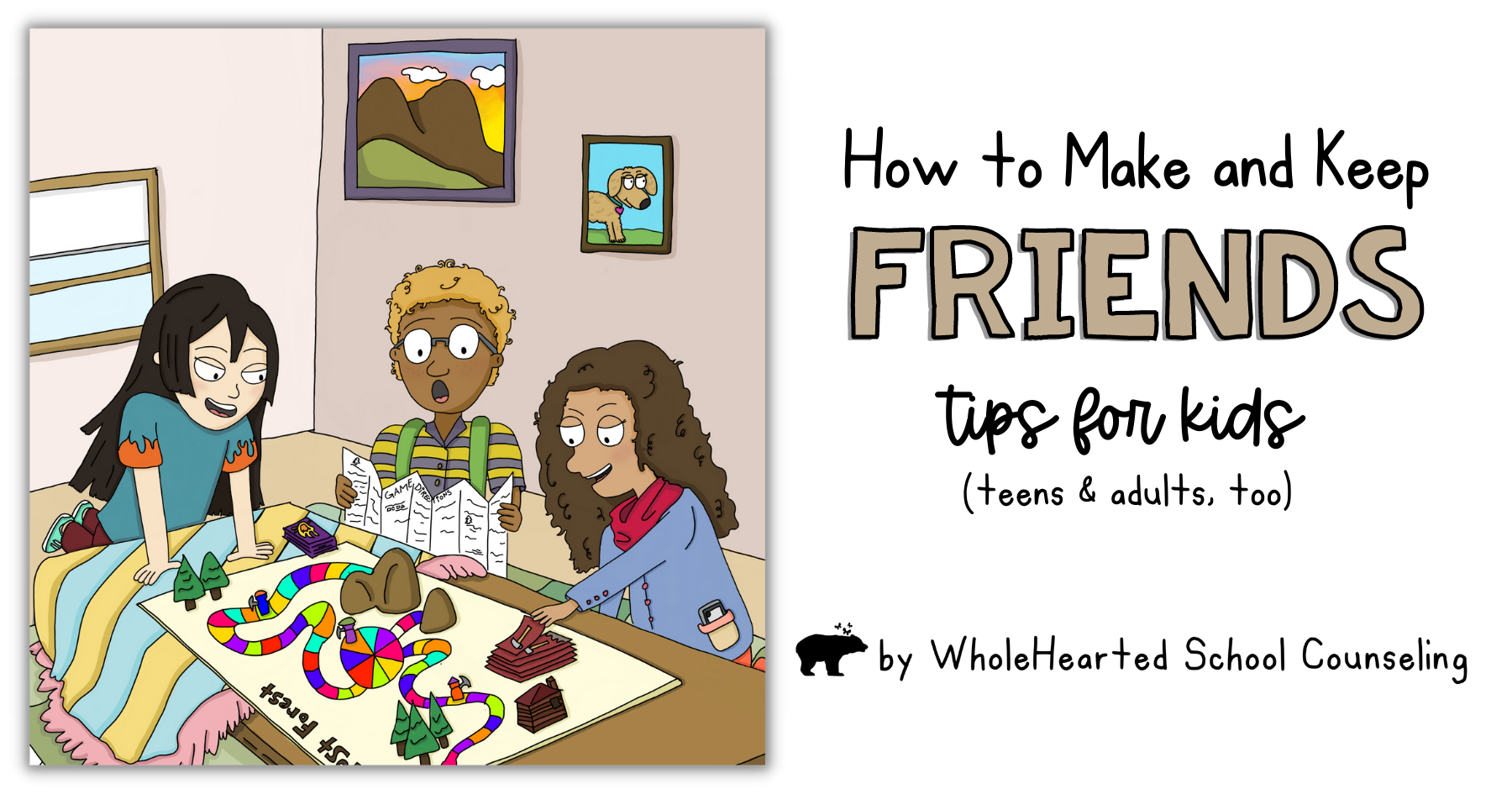
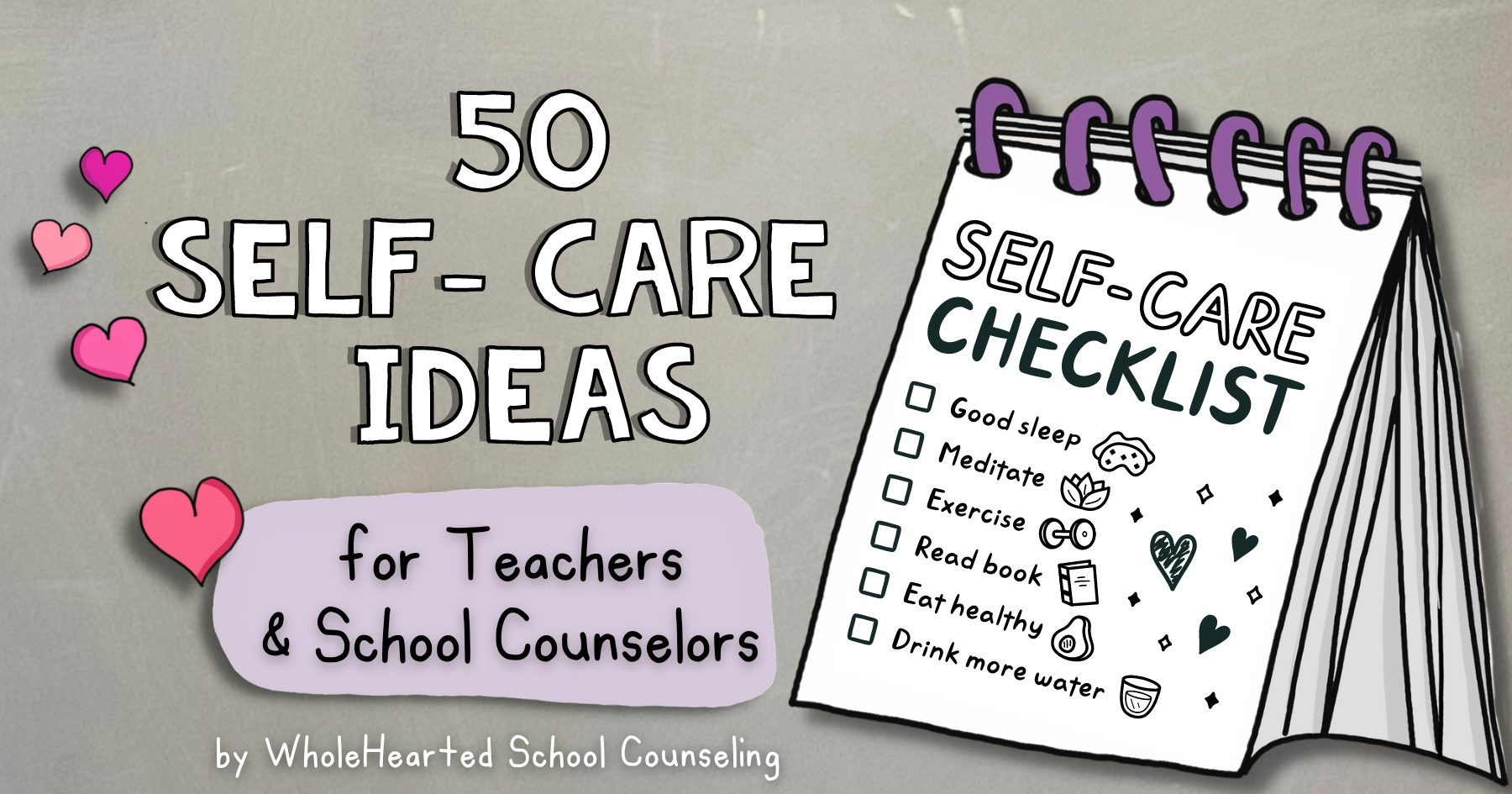




2 Comments
So much of this requires a child to be able to read. What are some good things for the pre-reading kiddos?
Thank you for your awesome freebies!